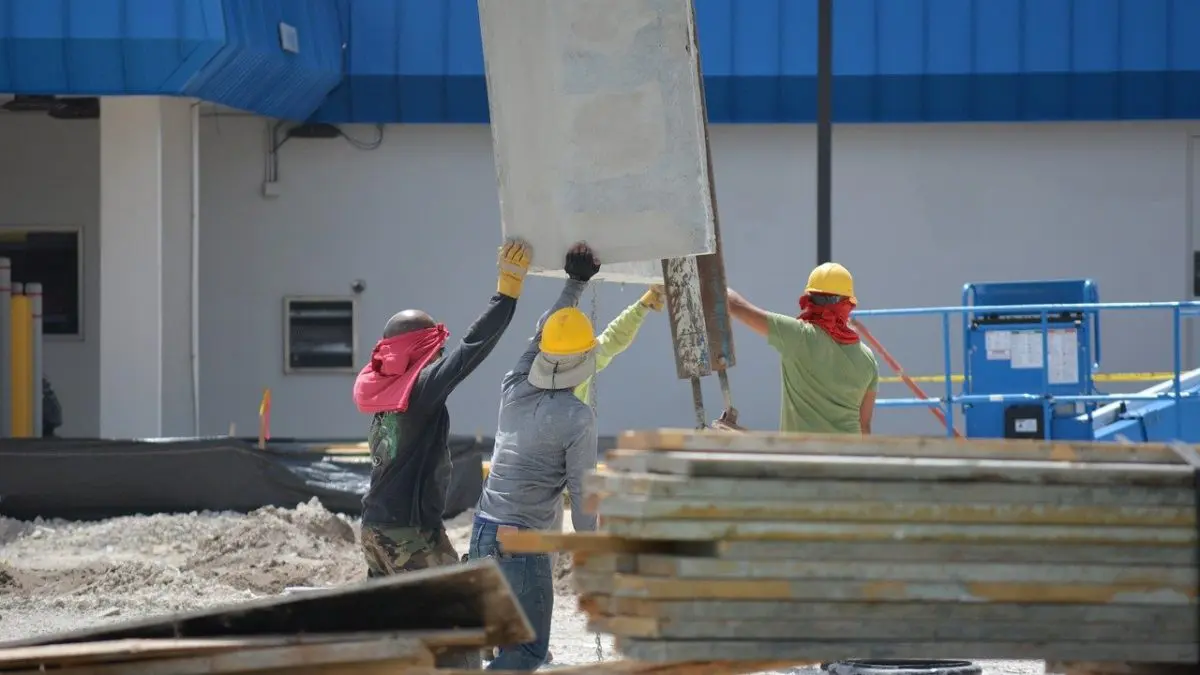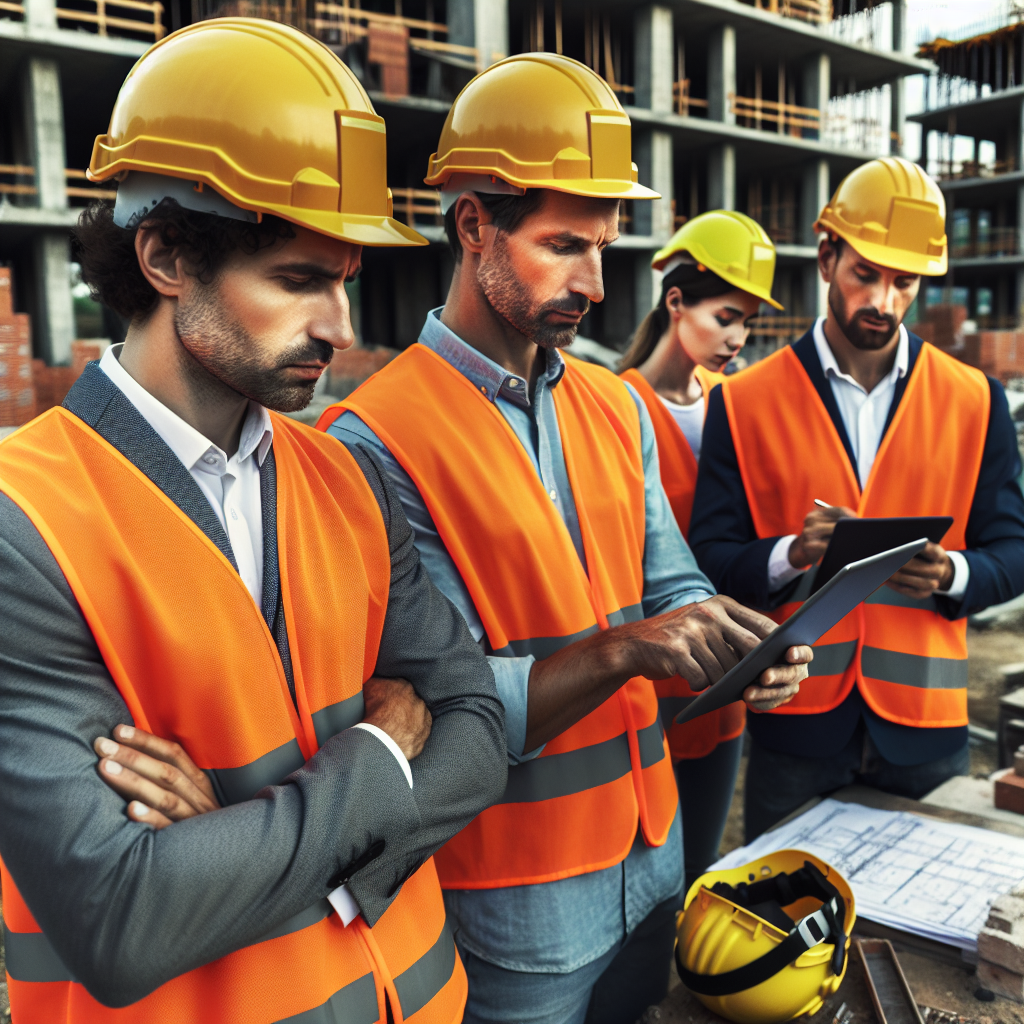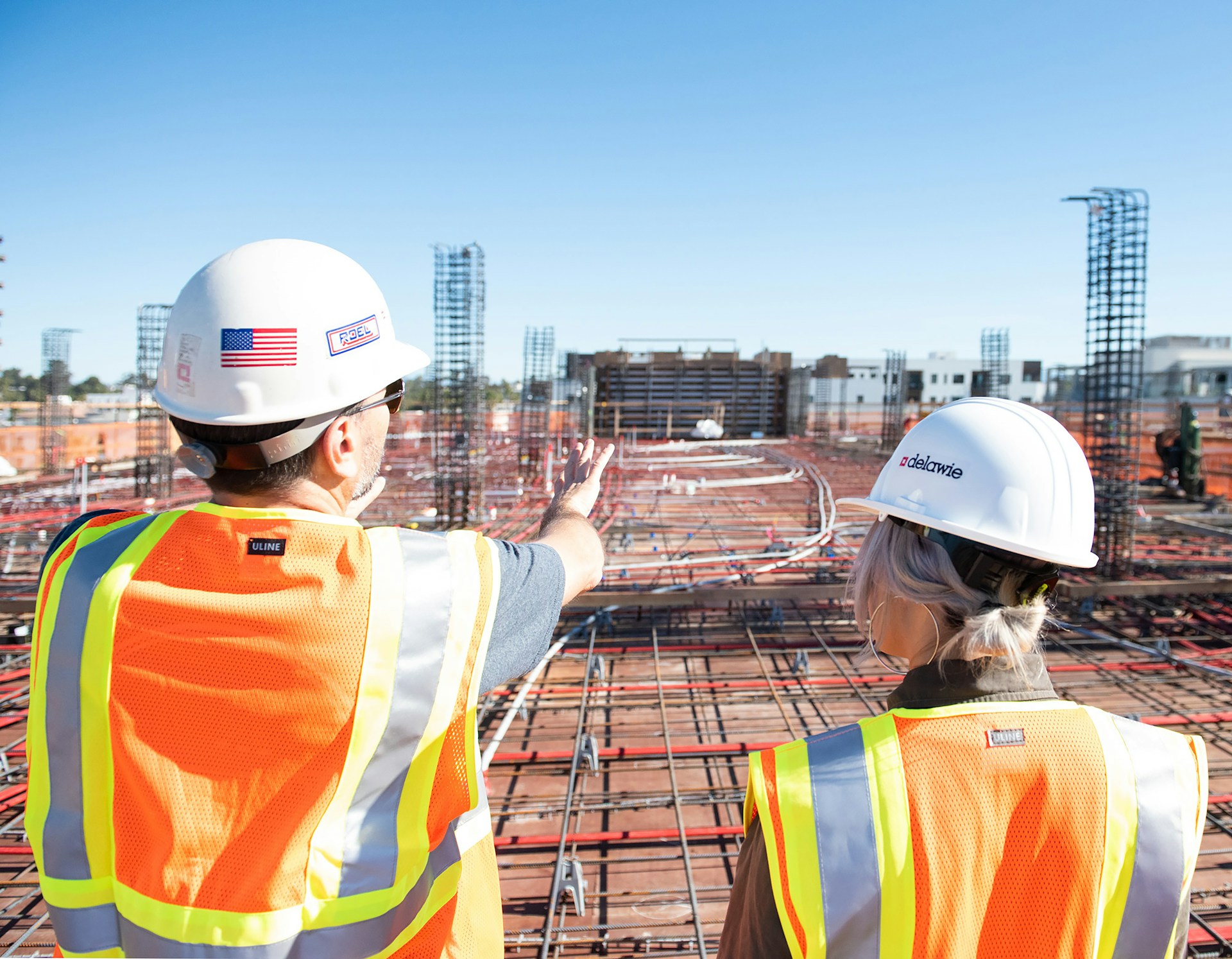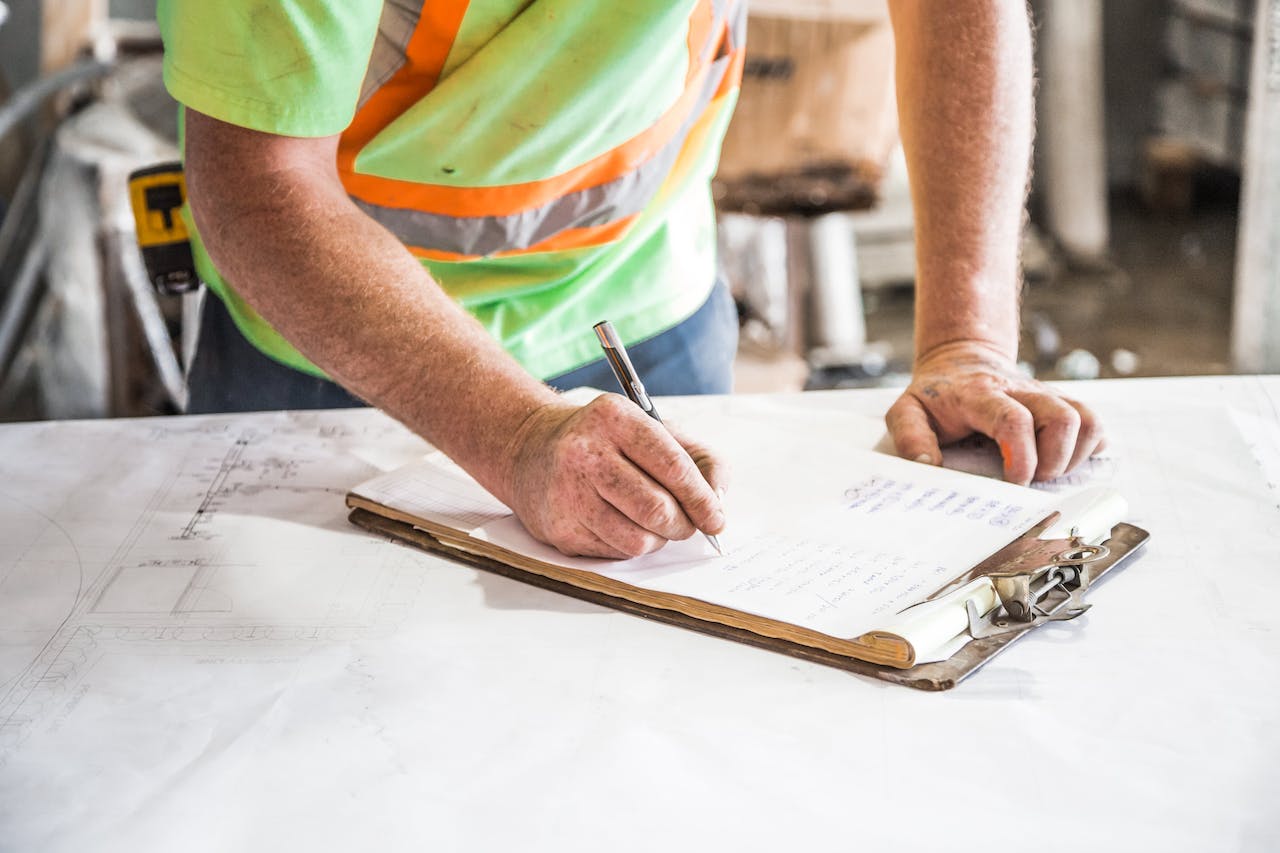According to Dodge Data And Analytics, the pandemic caused a 9% dip in 2020 in the total projects started. But this was significantly less than the dip suffered by the construction industry in the mid and late 2000s, specifically 2008 (13%) and 2009 (24%).
Moreover, according to a study, backlogs for general contractors were down by 10% in Q1 2021 than Q1 2020. Also, specialty contractors had 25-30% fewer backlogs in Q1 2021 than the same period in 2020.
What made the construction industry so robust and resilient?
Experts attribute this more adaptable and robust state of the E&C industry to connected construction. These statistics highlight the benefits of connected construction and its ability to make the E&C sector stronger.
Not only just robust and resilient, but connected construction also helps the E&C industry combat most of its budgetary, productivity, and efficiency challenges.
Let’s see how connected construction is shaping the future!
What Is Connected Construction And How It Is Changing The E&C Industry?
According to Deloitte, connected construction is “an ecosystem of connected job sites, machines, and workers that enhances operational effectiveness and safety” and is the “smart, connected job sites of the future.”
It brings people, processes, equipment, data, etc., together on a single platform. Thus busting data silos and providing real-time data. Easy access to accurate real-time data ensures no miscommunication, fewer blunders, and more efficient decision-making.
Also, since the platform provides real-time information, it promotes transparency and control.
Moreover, analytical insights into the project help stakeholders are proactive and not reactive.
It makes everyday operations more efficient and less risky, and ensures better quality control, better and easier collaboration, and higher probabilities of deadline adherence. Moreover, it reduces downtime and helps utilize staff and equipment more efficiently.
Lastly, these workflow improvements are a continuous process with no end. As the workflows become perfect, they will eventually give way to even more sophisticated construction technology!

Connected Construction Technology Is shaping The Future
Here is the latest construction technology shaping the construction landscape’s future.
Manage Job Sites Without Setting Foot On Them
The modern augmented reality and virtual reality applications in the construction industry can help designers and architects tremendously.
AR/VR technology coupled with robotics and connected construction tools can fuel applications like digital twins that enhance design visualization. It can also allow conducting virtual inspections that track progress and snags along the way.
For example, the construction robot Spot by Boston Dynamics brings the entire construction site to the desktops. And the project teams and stakeholders can identify issues and move them through resolution very efficiently- without stepping onto the job site.
Do More In Less Time
Connected construction brings all data, processes, and people to a single platform. This busts data silos and collaboration peaks.
Per se, document management and going paperless is one crucial part among many others in connected construction that helps bust data silos. It makes available all the documents at a length of only a few taps—and that too, the latest, most accurate version of these documents.
The construction management tool’s in-built BIM Viewer updates the project teams with the latest version of the BIM to follow. This reduces errors, and productivity increases automatically.
This interconnected web of connected construction technology automates or simplifies many processes beyond the scope of traditional methods. It helps them achieve more in less time, a considerable competitive advantage in today’s world.
Insights-Driven Decisions Ensure A Proactive Approach
The construction management tools also empower the contractors to have a holistic view of the workforce and the project vitals. These real-time updates provide a proactive approach to managing the workers, equipment, assignments, and commitments.
These analytical insights let the stakeholders know precisely when the project will be ready and at what investment. If there is a lag, the stakeholders can dig out the same within time and plan accordingly. The connected construction technology feeds teams with insights on every aspect of the project. Thus helping them to complete the project within the stipulated schedule and budget while adhering to the plan and other quality standards
They are also a sigh of relief for the contractors experiencing a shortage of workers. These tools provide transparency in resource utilization. Thus, enabling contractors to employ the limited resources optimally.
It’s Time To Embrace Connected Construction
Connected construction has so far helped many construction firms stay abreast of the tide of COVID-19. And not only that, it offers many benefits ranging from risk management to document management to combining other futuristic technologies. All these ensure the project gets completed within the stipulated time, schedule, and design specifications.
Connected construction technology is key to unlocking the construction industry’s productivity and making it more lucrative for the new generations!




